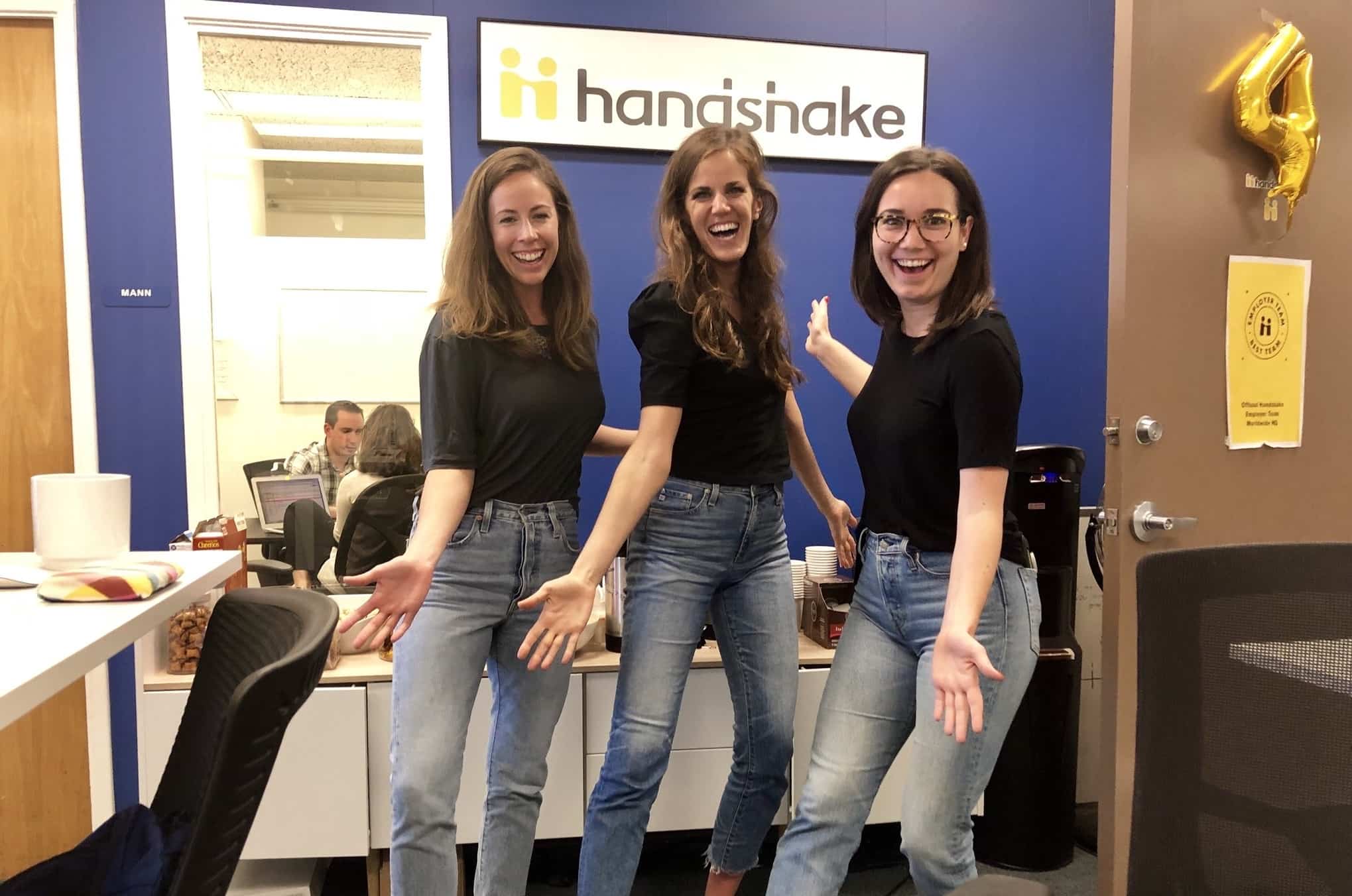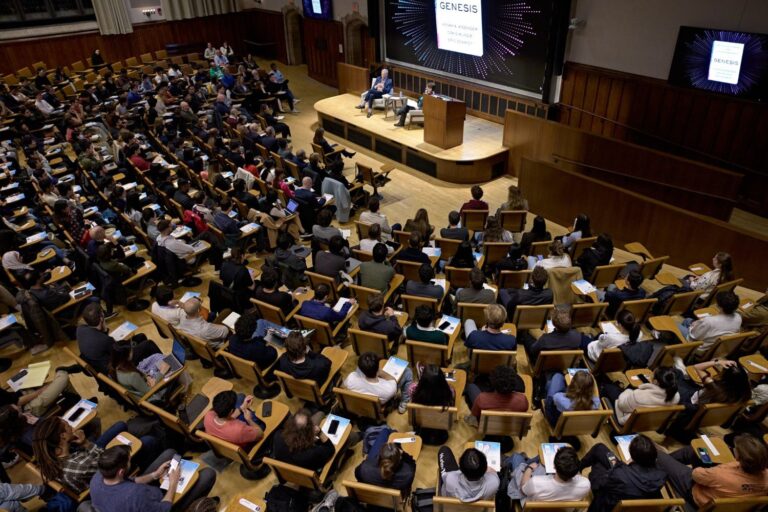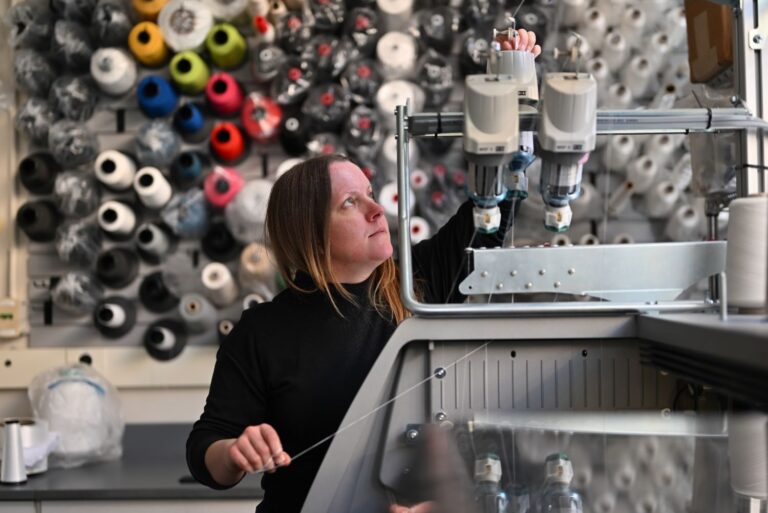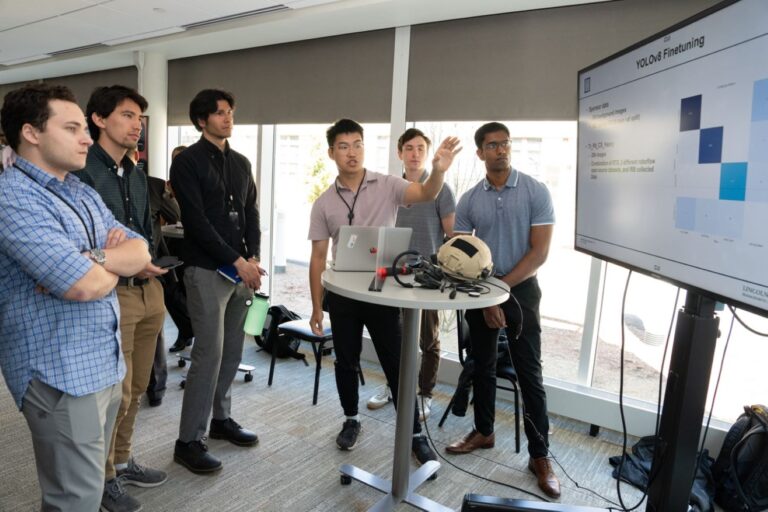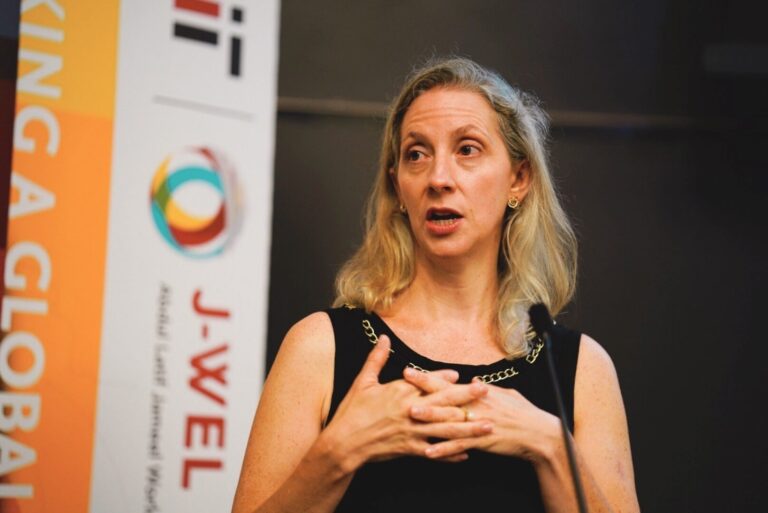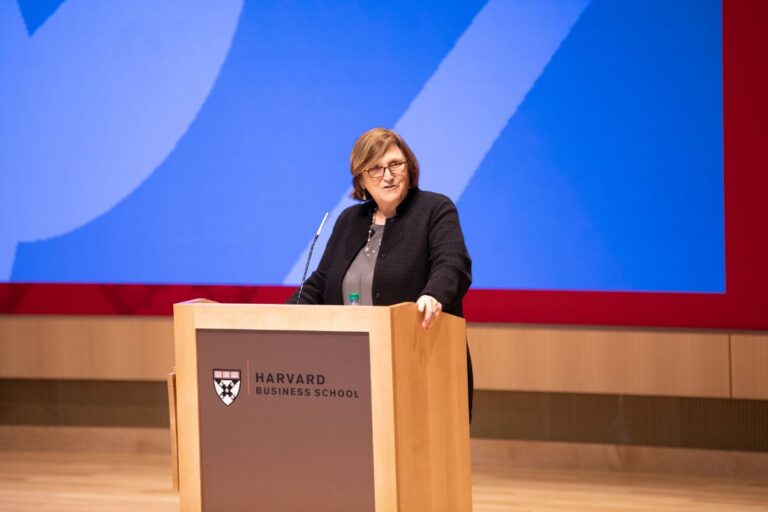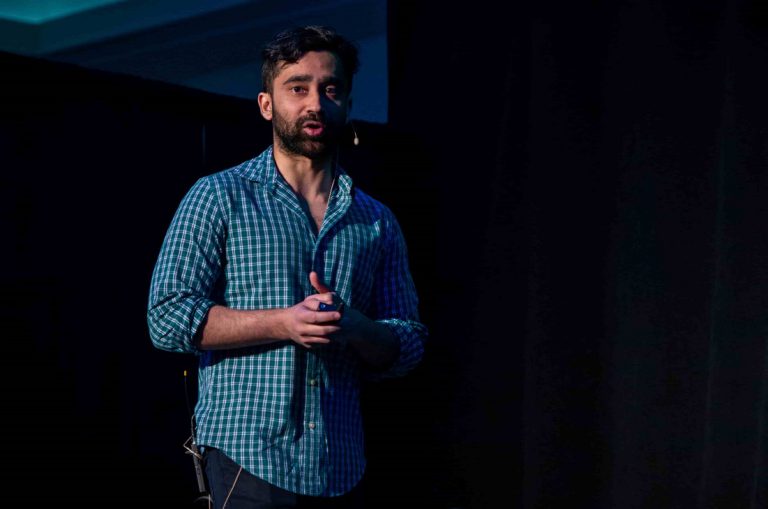Handshake’s Story from Stealing the Perfect Niche to Picking Best Leadership Traits
Founded around 2014, Handshake is a career-services platform for colleges and universities brought up by three engineering students at Michigan Technological University in an effort to give students access to a larger number of potential employers, no matter their location.
The company generates its money much in the same way LinkedIn does: it offers paid usage tiers for its users to unlock more features. For instance, a Premium employer tier called the Talent Engagement Suite was recently launched to let organizations search by diversity parameters and other more specific criteria. Besides, the company also charging universities an annual licensing fee which Garrett Lord its founder declined to disclose.
Going ahead with that path, Handshake continues to double its team with more people for product development and engineering to race faster in analytics, search, and recommendations algorithms.
Even though this job listing market is estimated at $25 billion in 2020, according to McKinsey, it’s extremely competitive and crowded with many players like Monster, CareerBuilder, LinkedIn, and many others have established businesses in job listing already. But Handshake and Lord’s confidence comes from the success its already had in connecting universities with Fortune 100 companies. And this is a cool point of the story where we want to dive in of this startup! First, of how it was born and later how did it tackle this niche to take LinkedIn’s place.
Handshake’s Founding Story: A Wish to Level the Grads’ Playing Field
Born and raised in Birmingham, Michigan, Garret Lord was pretty typical for an upper-middle-class Midwestern kid. Went to Michigan Tech for computer science, Lord interned at Los Alamos National Labs in New Mexico, home to one of the fastest supercomputers in the world and met tons of the other science geeks. “A lot of those kids went to fancy schools and had interned at companies like Google and Facebook,” he recalls of the Stanford and Harvard students he worked alongside.
Instead of feeling intimidated, he knows that those Silicon Valley jobs were within his reach too. After started making industry connections on LinkedIn and landed an internship at Palantir Tech in the Washington, D.C. Where he was most asked to refer other qualified engineers.
That was the fateful moment where he found the meaning of Handshake. Since that was quite of an existing issue for decades and had not been meet with any solution. Majority of tech companies, especially on the West Coast, were hiring from the “fancy schools,” and kids like him from smaller, rural colleges did not stand a chance.
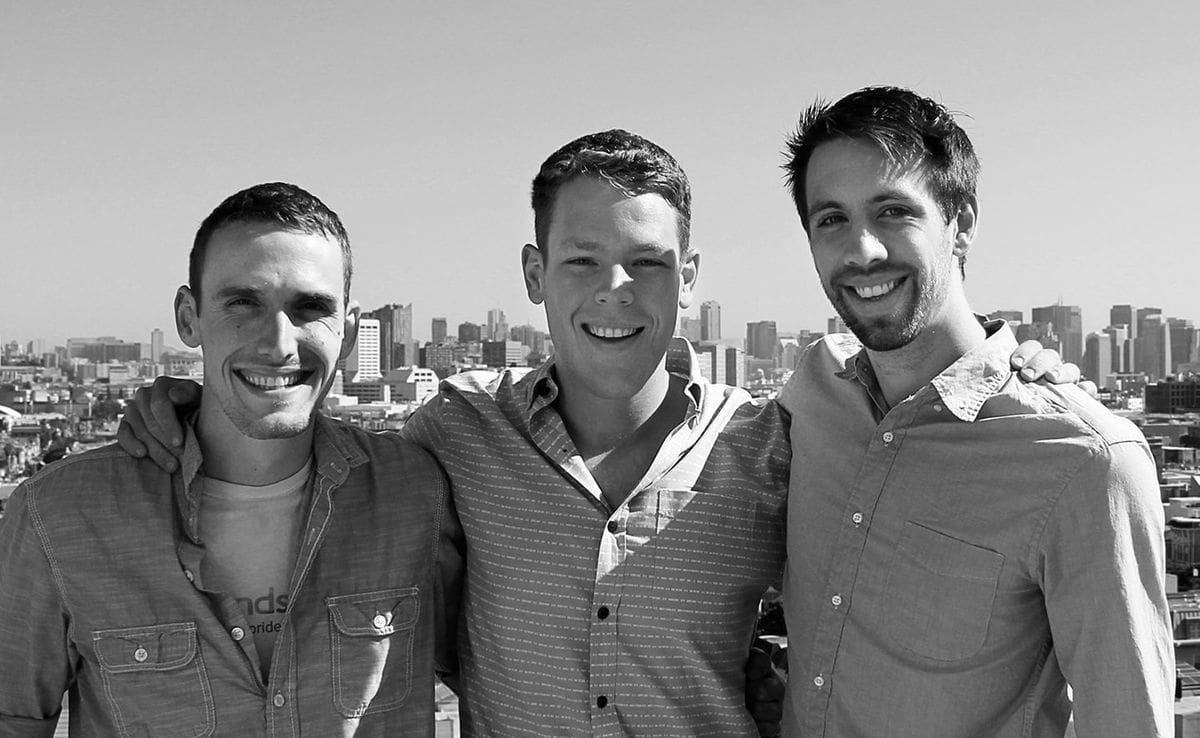
And that’s exactly what they did. After Lord, Christensen and Ringwelski coded the initial platform in their spare time, they began their cross-country journey — seeking to better understand the challenges students face when applying for jobs and to encourage universities to sign up for Handshake. While it is free for students, the site charge universities and premium employer an annual fee.
As the startup signed its first university partners of Valparaiso University and Hilldale College, around August 2014, it officially known as a social network for careers.
How LinkedIn Lost It to Handshake’s Hands?
So, how does Handshake make it in the market? The answer is all about customer-centric and data exploitation. “LinkedIn is generally about a lot of your history. Handshake is a lot about your future,” Lord said.
It’s all started with 562 million users of LinkedIn who is leading the market of social platforms for people that want to network with others in their professions, as well as look for jobs. And there comes a startup that hopes to take it on in a specific niche – university students and recent grads, with a focus on diversity and inclusion.
In fact, the giant LinkedIn has been making efforts over the years to go after younger users and bring them into the fold earlier. In 2013, the company lowered its minimum age for users to 13 and launched dedicated pages for universities. In 2014, LinkedIn even added more tools for younger users to connect with universities and their university-related networks on the platform. And through various e-learning efforts, LinkedIn has been trying to bridge the gap between the kind of learning you might do at university and what you might do after you leave to further your career.
The giant was also trying to take small steps into providing more insights into diversity for those doing hiring, by letting recruiters examine search result by genders or providing bigger insights into the wider pool of people on LinkedIn.
To explain why it could only effort these baby steps, all might be for the company’s lack of data from its users to do faster, and so that leaves a lot of room for a rival to step in.
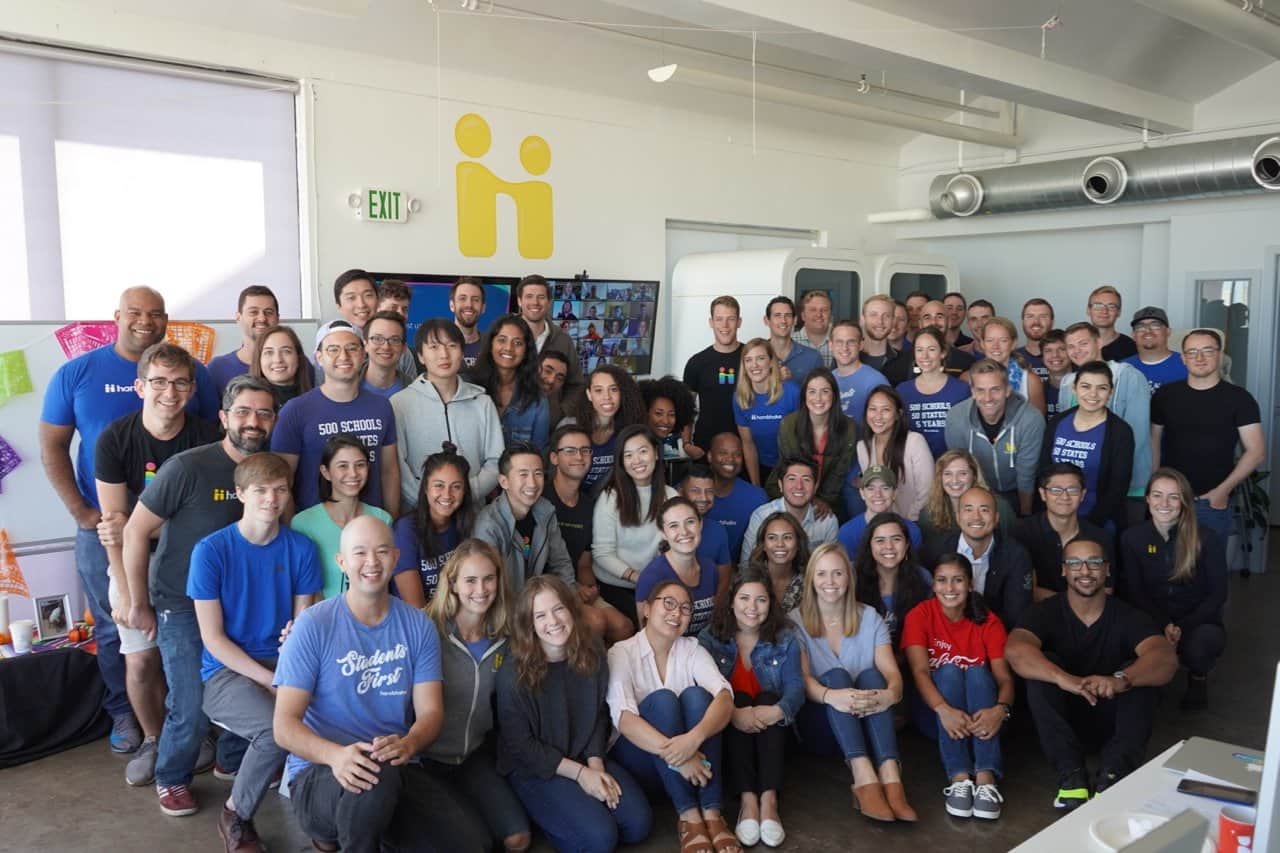
And Handshake with no mercy takes part in the game – tries to position itself as a platform that is ‘really care for student users’ who is considering and thinking about how to address diversity from the ground up, as a native part of its platform while it is still small and growing. And within the student domain only – it easier for the site to be centric and, therefore, serve better.
And one of many tricks Handshake was pulling to gets more details about its members is through its partnerships with universities, rather than relying on users filling out the details manually, it helps populate information about their profiles. For example, to register for an account, you users have to use their university address.
Handshake also has relationships with more than 100 minority-serving institutions, which include Historically Black Colleges and Universities, and Hispanic Serving Institutions in the U.S., to bring them and their students more closely into that fold.
On the side of employers, it includes more search features for recruiters to search using more specific parameters in the effort to make more diverse hiring choices. “Candidates who might not have the right connections or privileged background can get in front of Fortune 500 companies,” the company notes.
“Our Handshake community is tackling the so-called ‘pipeline problem’ head on. Skilled students are on every campus in every corner of the country and we’re proud to help employers discover, recruit and hire up-and-coming talent from all backgrounds,” said Lord in a statement. “Students around the world experience the same inequality in the recruiting process, so we’re excited to partner with Alastair Mitchell” — the EQT partner leading the investment — “and EQT Ventures to expand our impact beyond the United States.”
Not mention, inclusion and diversity are the only problems that Handshake is tackling. All and all, this is a perfect niche to tackle, but as Lord found it will he be able to lead as well as drive this soon scaling business? Let’s take a glimpse inside the company culture and leadership etiquette.
5 Leadership Lessons from Handshake’s Executive Christine Cruzvergara
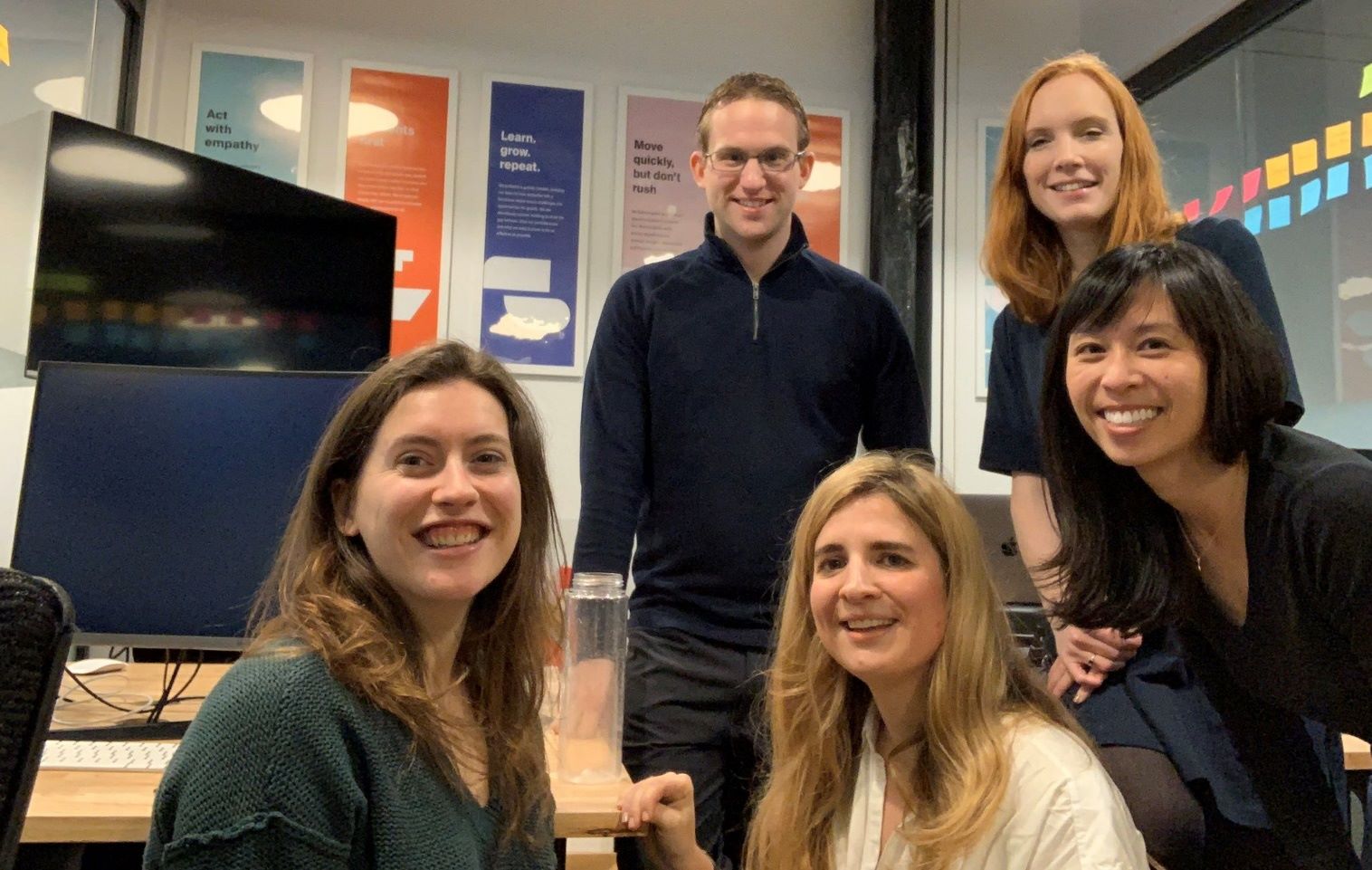
Christine Cruzvergara as of today, is the VP of Higher Education and Student Success at Handshake. Join the company since early days, along with Lord she helps deliver meaningful advice to students on their career path while addressing and guiding that same spirit across hundreds of employees, in hope to build an effective and healthy company culture. In her blog Cruzvergara once mentioned 5 leadership lessons she had learned along the way, and which has shaped a successful executive nature of her today.
#1 Repetition Is Father to Reputation
It’s not that momentous change or the perfect solution you bring up to save the day, but rather your daily actions that define you as a person, and especially as a leader. It’s the small details that counts most.
Cruzvergara recalls back when she was an undergraduate at James Madison University, she was lucky to work under the great leadership of several incredible individual with impressive accomplishments, but the only thing that really touch her and the team was the leader’s genuine presence. When they listened daily, it was their humble acts in how they serve and guide as leaders, and it was the little gesture that built up day after day that showed her what type of people they really were.
For herself, as a leader it never ceases to amaze her what the team remembers and how they feel most appreciated, just with little things.
Your reputation and how people see you evolves based on how you treat those around you, not just the stakeholders who have influence on your work, but the people who support you in ways you may not even notice. It’s how you get back to people, how you answer your emails, not just when you need something, but when they do. More importantly, in time of stress, proud, disappointment or anything in between, it’s how you carry yourself that counts. In brief, that’s the baby repetitive actions that ultimately build your reputation, not your fancy resume or bio.
So, put forward these questions in advance: What matters to you? How do you want to be remembered?
#2 Respond Not React
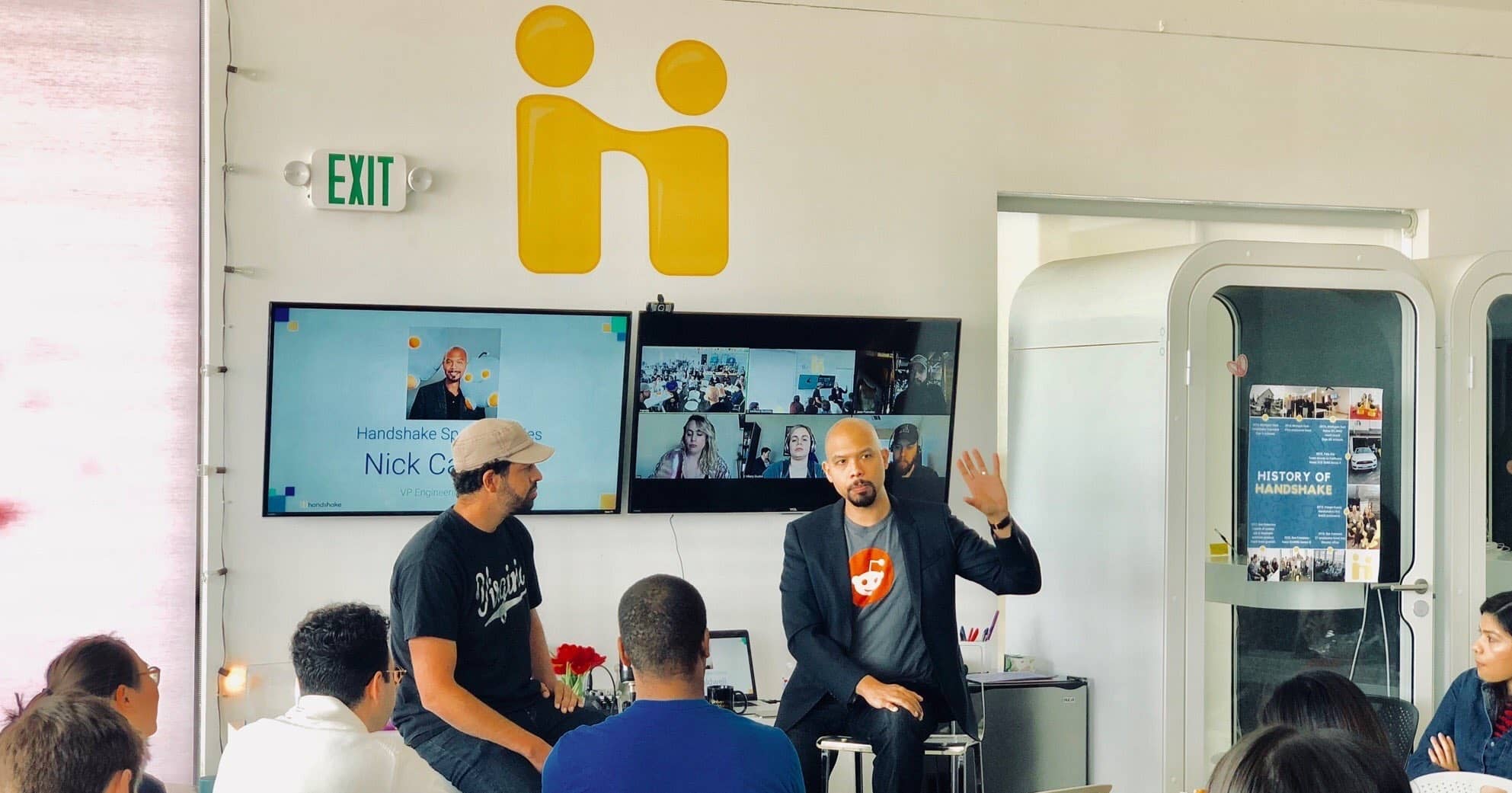
Cruzvergara shared she also consider the importance of taking time to think through your response and not give away your initial reaction, which career advancement she reflects on regularly, especially in the moments of frustration and anger. However, just because you are considering and taking time with your response, does not mean you are not being authentic, that is being mindful and patient.
In term of professionals, try to give your team and colleagues a more thoughtful response. But do not take that as a no when it comes to emotion. Emotion is not a negative thing in the workplace, in fact, it can be a powerful tool when you have taken into account the context of your situation and know how to leverage it wisely.
In brief, a calm and level response does not indicate a lack of strength, emotion, care investment. Quite the contrary, it just means that you are appreciate the approach and is welcoming all problems.
#3 You Are Your Team
You are only as good as your team. And the only way to make difference and do good work, is to have your people do it first. Take the time to learn about them, acknowledging their concerns, their hopes and why they spend the majority of their lifetime just working with you. To Cruzvergara, the time you spend investing in your team in one of the most valuable ways you can invest for the business.
The executive also reveals the many questions she always asks in advance, to have more insights into her team’s self-awareness. Starting off your working relationship, it is the same to other relationship, with some of these questions to open up doors for real dialogue as you grow together, it is crucial. Great leaders don’t have all the right answer but rather they ask the right questions!
- What is the one thing you want to dive in that you think would make a better person out of yourself and how can I help?
- How do you want to be recognized for good work?
- What do you want, need, expect from your leader?
#4 Hiring Is Also an Important Investing Move
Since people are your most important resource, as a result, hiring decision are the amongst the most important decisions you will make as a leader. Get rid of the mindset of any warm body would be better than no body in that vacant role and take the time to really consider what you want in a new team member.
And most importantly, be willing to make that decision which might mean selecting someone that strategically fills a need but is not the group favorite.
Besides, remember take this part of the process seriously. Be strategic about who you select, how involved you will be, what types of questions will be asked, or interview protocol your candidates will experience, because apparently your candidates are judging you just as hard as you are judging them, especially the strong ones.
#5 Authenticity as the Compass
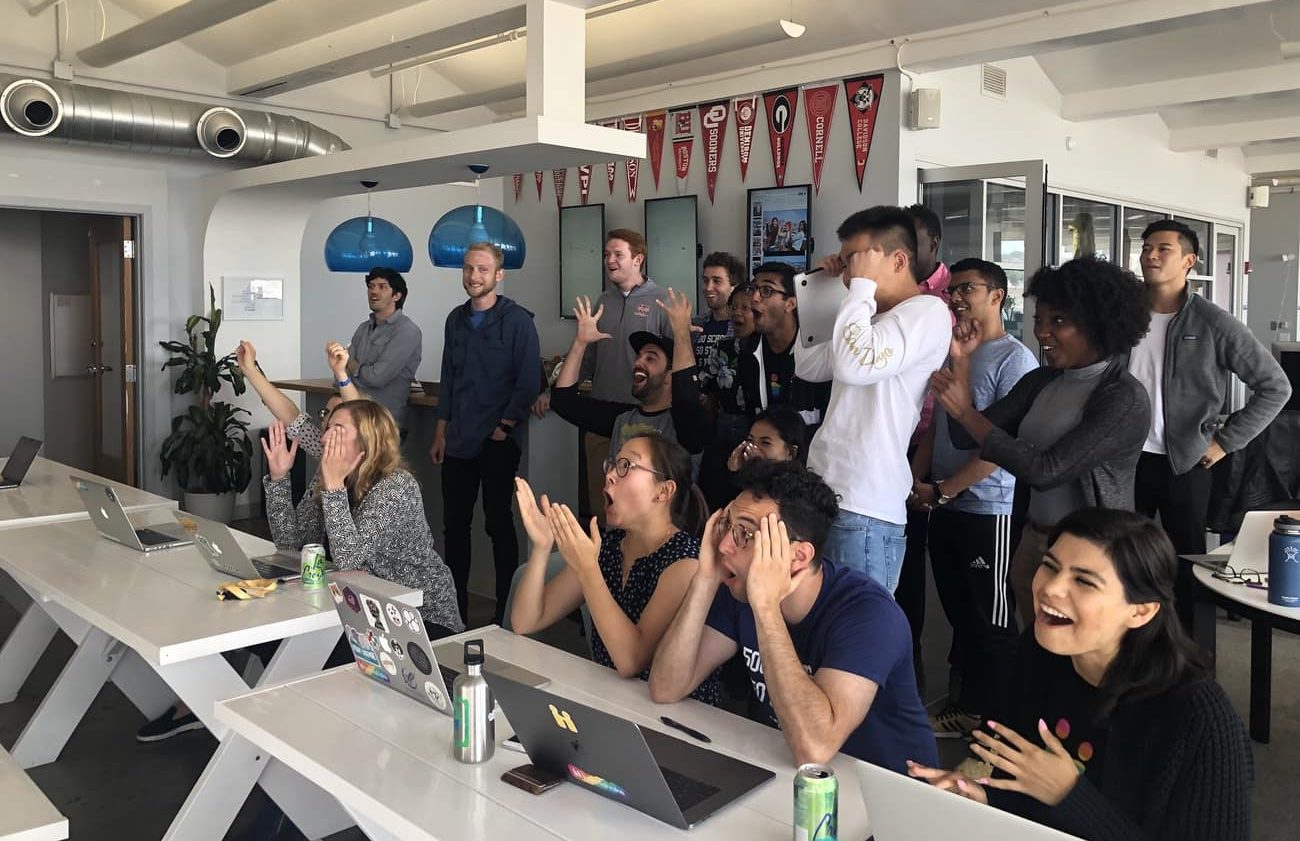
To be yourself – this one is simple but often overlooked, particularly when it comes to leader who always wish to be appear as a savvy captain. No doubt before you are a leader you had been there to learn a lot from other strong leaders. It’s good that you had the chance to observe their techniques, approaches and habits and apply it for your own self but it’s important to consider how it fits with your own style and your context. In short, try to adapt the lesson not copying it.
Cruzvergara recalls how she had noticed from many incredible leaders in her life, they spend time reflecting on their values, knowing what drive them and they make decision that align with them.
But if you still struggle finding that authenticity of yours, that’s okay, and there is no rush. Keep in mind that this is a forever process, to keep learning more about who you are and reflecting on what you value. All leaders need the experience and exposure to circumstance to realize that authenticity, and also the time to grow more comfortable in your own skin.
You needed to have more faith in yourself and what you brought to the table. The point is to know yourself, be yourself and be aware of moments that are untrue with your value.
Question to consider: What are your compromises?
About Cruzvergara and her own leadership journey, she is proud to have faced off all sorts of adversity, especially on an identity level. Where she had guided many of her peers who were 15 to 25 years older, being young, female and a woman of color she aware of how she might be perceived. And of course, a great pressure to prove herself.
Every single leader will face different obstacles, it’s simply a part of the journey and the only way for you to outgrow, so seek obstacles and handle it beautifully.

